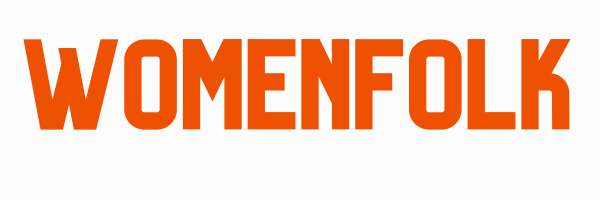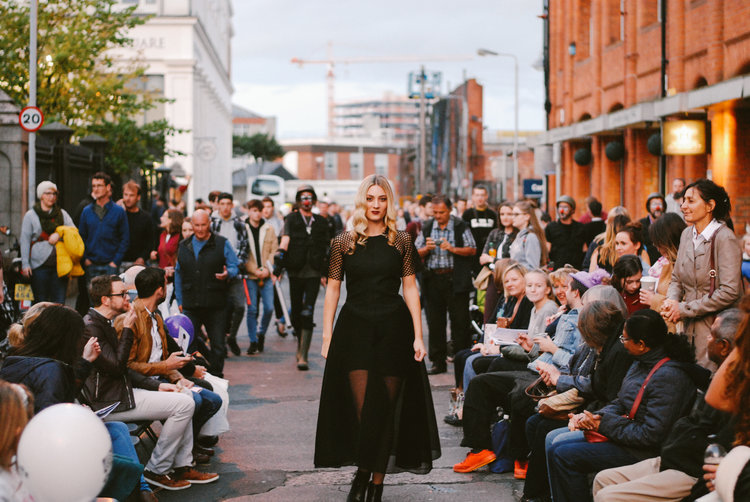On Monday 12th March, Womenfolk and Blick Studios hosted The Time is Now Panel, led by Esther Mogada.
The aim of the evening's event was to discuss ways in which we can encourage and support young, female entrepreneurs in Northern Ireland.
We were joined by four speakers who each work within different sectors of the creative industries:
Karishma Kusurkar, is a multidisciplinary designer who runs a small business creating accessories, games, lifestyle products and illustration. She studied Foundation Art & Design in Belfast at Ulster University and then went on to complete her BA(Hons) in Textile Design at Chelsea College of Arts at University of the Arts London. Karishma completed an internship for Topshop, which taught her design production within a commercial environment.
Karen Miano works within the music industry in Dublin, and now runs her own label which spurred from facilitation roles at music festivals. Throughout her early twenties, Karen worked three different jobs that had no relation to the music scene, but was approached by a customer in a retail job to take a role in stage management. She now hopes to work on connecting the two roles of Facilitator & Creator, and to inspire young people of colour to feel empowered to follow their creative spirits.
Aileen McEwen is a painter who currently works for the National Trust in collections management. She studied Fine Art: Painting/Printmaking at the Glasgow School of Art spends her days talking about powerful women throughout history and gets to learn how representations these women form our understanding of female power.
Geri Doherty works in costume design/styling for film and TV and has done from the age of nineteen. She is a founding member and producer of MELT Fashion Collective which aims to nurture the expression of self through fashion as an art form.
As part of The Time is Now, our panel examined Northern Ireland as a creative city. With its slower pace of life compared to many cities, it allows for more time to be creative. Belfast also has a much lower living cost compared to many other capital cities. This makes it easier to give up a non-creative day job and start a new business. The Internet and affordable travel mean we are still able to connect to other creative communities and bigger consumer markets around the world. We also learned that Lorraine Cunningham of Grainline Design and Sara O’Neill have created a hashtag #BuiltInBelfast, which they hope creatives will adopt for celebrating and promoting their work.
Each of these inspiring speakers taught us about how they got started within their industry and deliberated that there is no one right way to get into a creative career, especially in a field that still lacks a large amount of diversity. Our panel of differing ethnicities discussed being selected on merit rather than as a token representative to exhibit diversity. They also spoke of how female creatives are often wary of self-promotion and displaying a lack of integrity and may not always feel comfortable calling themselves entrepreneurs. For female creatives to start to resolve this difference within the field, our speakers suggested that women should remain authentic and honest; they shouldn’t be afraid to make mistakes, ask for help or admit that they’re unsure how to carry out certain tasks. Yet, at the same time, women must also give themselves credit, be proud of their accomplishments and not be afraid to put themselves forward.







